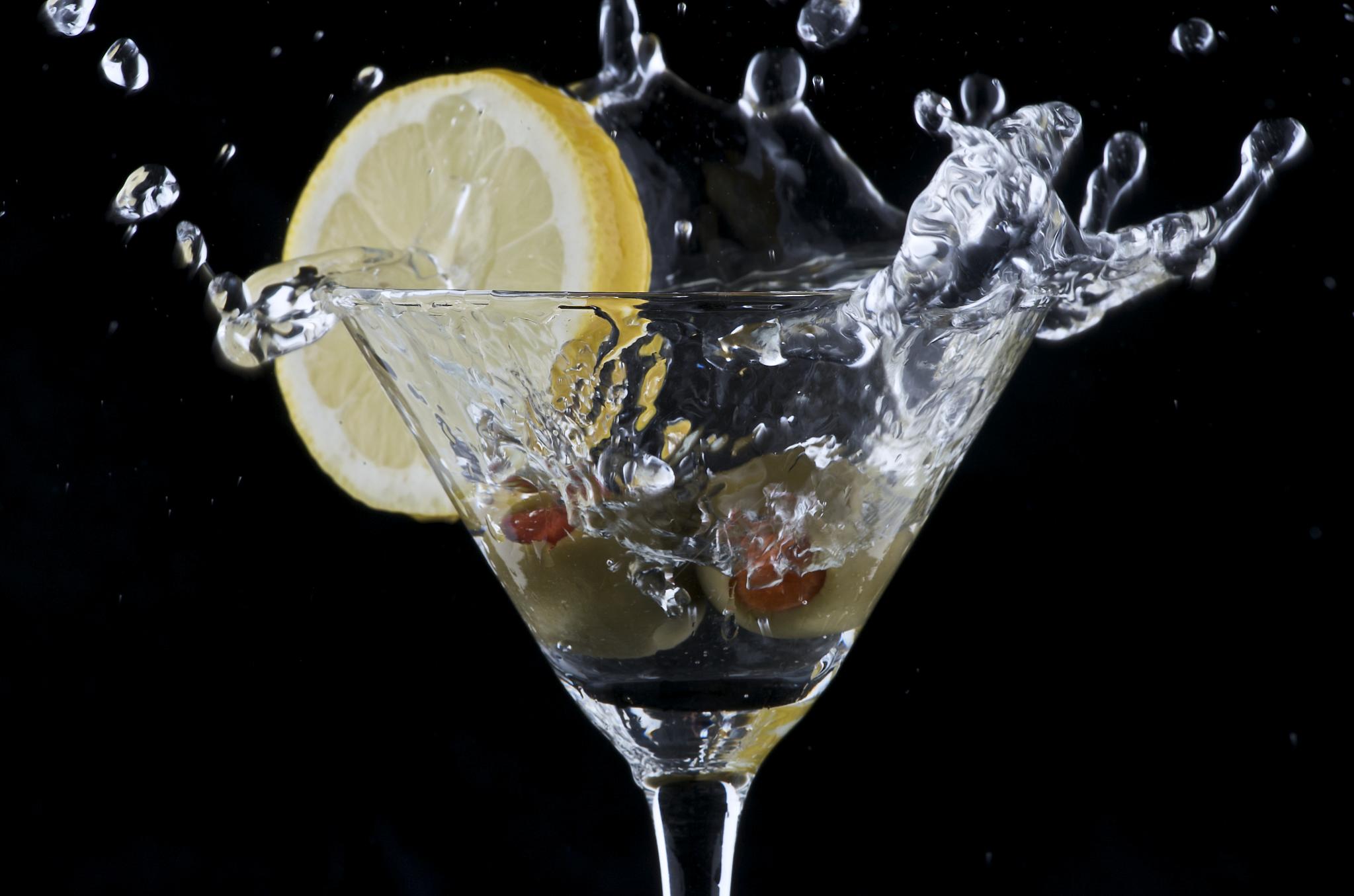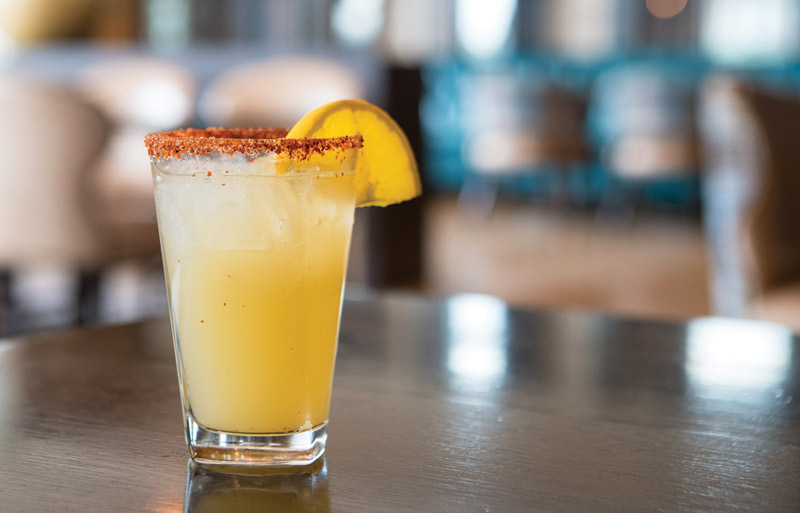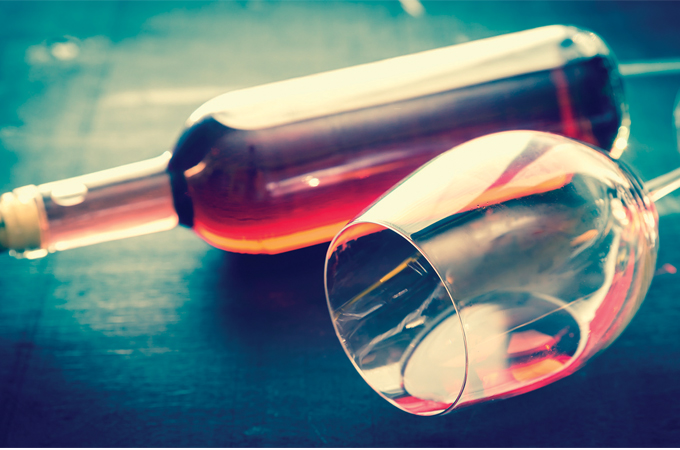After making the apple cider from last month’s issue, I ‘accidentally’ left a portion out in the garage before bottling during a hard freeze. Unfortunately (and fortunately), it partially froze and inspired the subject of this article. Of course, since distilling wine and apple cider is technically illegal without a license, I let it thaw (wink). Had I separated the ice out of the mixture, I would have created my own applejack.
applejack
Developed in colonial New Jersey, it often was used as a currency of sorts and was made by leaving hard cider outside in the winter to freeze. After removing the ice, the alcohol content and flavors were concentrated in the liquid that remained. The uniquely American spirit’s name is derived from the traditional method of ‘jacking’ up the alcohol content through ‘freeze distilling.’ Modern versions use evaporative distillation and not the commercially illegal historical ‘jacking.’
eisbier
This is beer that has gone through the fractional freezing process. It’s not to be confused with the cheap, highly marketed ‘ice beers’ that supplied many a fraternity party in the ‘90s. Lower ABV beers are frozen, and the ice is strained out to create higher ABV beers. A doppelbock that goes through this process is known as an Eisbock. This style of beer was developed in Germany’s Kulmbach district. Freeze distilling home-brewed beer is legal as long as certain guidelines are followed.
how it works:
The traditional evaporative distilling of whisky, tequila and rum takes advantage of the differences in boiling points of alcohol and water. Freeze distilling uses a process known as fractional freezing, which uses the lower freezing point of alcohol (-173.2 degrees F) as opposed to that of water (32 degrees F) to separate the water from the alcohol. After freezing the liquid beer, wine or hard cider, the water content can be removed easily by straining out the solid ice and leaving the unfrozen liquid alcohol behind. The process is repeated at much lower temperatures to create higher proofs. Using liquid nitrogen, dry ice and high-tech modern refrigeration techniques, a much higher ABV can be achieved. The advantage of this process is that flavor profiles are also concentrated and preserved; the disadvantage is that the harmful alcohol content is also concentrated, but it can be counteracted using chemical filtration devices.
favorites:
applejack
Applejack is no longer produced by fractional freezing in the U.S., but here are a few to try nonetheless.
ARKANSAS BLACK 21-YEAR RARE STRAIGHT APPLEJACK: soft apple, caramel, vanilla, cinnamon toast; 98 proof; $150
BARKING IRONS APPLEJACK: maple, pumpkin pie, toasted vanilla; 100 proof; $40
LAIRD & COMPANY APPLEJACK: The original—apple, caramel, spice; 80 proof; $20
eisbock
SCHNEIDER AVENTINUS WEIZEN-EISBOCK: a dark amber wheat beer with spice, red berries, plum, banana, toast; 12 percent ABV
MERCILESS BLOOD STAINS: caramel, toffee, coffee, chocolate, roasted nuts, crème brulee, creamy boozy finish; 20 percent ABV
KULMBACHER EISBOCK: malt, caramel, spicy cherry, dates and smoke, warming; 9.2 percent ABV
Jeffrey Hall is the sommelier for the Four Seasons Hotel-St. Louis.








